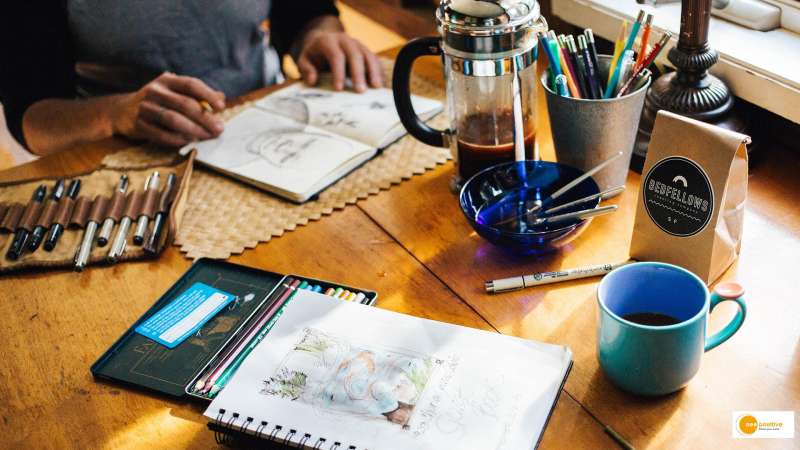

The world of art has been completely transformed by advanced digital technology. It has challenged people’s perceptions and understanding of art. With the spread of the internet, artists and patrons are becoming more aware of the vast possibilities of the virtual global network. Technology has aided artists in making their work more accessible to global audiences. A number of digital artists use cutting-edge technology to create memorable installations and works of art. In this episode, we talk to two artists about digital art and how social media is assisting the industry.
How digital art’s growing popularity in India?
The Indian art world has seen a surge in the number of artists dabbling in various digital art forms. “Many artists who previously worked primarily in graphic design are now creating one-of-a-kind works sold online as NFT, and the concept of what constitutes ‘art’ is being challenged.” It is no longer just about the physical fine art technique, but also about the vision and increased exclusivity that digital art offers. “The younger generation is eager to follow the trend and purchase quirky and unique interpretations of what has traditionally been art,” says Sanjana Shah, Creative Director of Tao Art Gallery. Galleries and collectors are becoming more accepting of this, and artists are being given more freedom to create within this limitless medium.
“The use of digital tools and technology in art is a natural progression and it’s only set to increase in India as well as elsewhere. Whereas in the initial days, it was about using technology to assist or innovate upon existing forms and mediums, today we are at a place where digital art has moved ‘beyond the frame’ and into the realm of immersive audio-visual and spatial experiences,” says Rahul Singh Yadav, Co-founder and Chief Curator – Floating Canvas Company.
How is social media aiding the digital art landscape?
Social media is critical for digital art promotion. It allows people to see the work of artists up close, and because it is a digital medium, the visuals are superior to photographs of fine art paintings. “Because most digital artists began as just digital content creators, they now have large social media followings due to the visual narrative they developed over time. This gives them a competitive advantage in terms of audience pull and popularity. It allows them to showcase their work in an almost digital gallery space and eliminates the need for middlemen,” Shah believes.
What are the most widely accepted techniques of digital art?
Digital art is a constantly changing landscape, with new tools and techniques appearing almost every day. “While software tools for sketching, illustrations, and photo effects are already widely used, video and animation-related tools are also becoming more popular. Software that aids in the creation of 3D objects and spaces has definitely taken off and is gaining traction in recent times. Its applications range from creating abstract and generative art to creating hyperreal video game environments and virtual spaces,” Yadav explains.
However, Shah believes that digitally created art that mimics techniques of oil or acrylic painting and photography is currently the most widely accepted. People are familiar with both, and they continue to believe in the traditional concept of visual aesthetics. Indian audiences, in particular, are still looking for a smooth transition into this uncharted territory, and digital art that adheres to relatively traditional aesthetics works well. As a result, 2D and 3D digital paintings are created digitally but remain physically tangible. It’s usually more difficult to sell something simply by seeing it virtually, so it’s important to have a physical representation of that visual so people can feel more connected to it.


